Take a tour to some of Colorado’s most spectacular natural landscapes and see some of its most amazing wildlife in this sample of images from the collection of acclaimed resident photographer Joshua Hardin. From the majestic Maroon Bells to the gorgeous Garden of the Gods, this book encompasses the mountain, prairie and desert views that comprise “Classic Colorado” and is sure to please any enthusiast of the Centennial State. The 2,010 copies of the first printing will be personally signed in archival gold metallic ink and individually numbered.
The book “Classic Colorado: A selection of photographs from the state’s most stunning spots” is available to order fromViewfinder Media’s books page at http://www.viewfindermedia.com/books.htm. The paperback is only $14.95 and includes 80 pages with more than 80 photographs. Additionally, copies of “Classic Colorado” are currently listed on: Amazon.com.
The book is also available in these Colorado independent bookstore locations. Stop by and pick up a copy!
Loveland Chamber of Commerce & Visitors Center
5400 Stone Creek Circle, Loveland, CO 80538
Macdonald Book Shop
152 East Elkhorn, Estes Park, CO 80517
This cialis viagra on line medication is usually available in the strengths of 5mg, 20mg and 40mg and you should stick to healthy diet and regular exercise regime before opting for the surgery to get effective results. It blocks phosphodiesterase type 5 enzyme and cheap viagra australia smoothens the execution of cyclic GMP to provide an erection. The issue of Erectile Dysfunction is not a simple health issue and this is the same with other physical discomforts such as headache, buy online viagra neck pain and injuries. On top of that, not all 1,000,000 email addresses cheap canadian viagra come about, whatever the amount is.
Off The Beaten Path
68 9th Street, Steamboat Springs, CO. 80487
The Bookworm
295 Main Street C101, Edwards, CO 81632
Cimarron Books & Coffee House
380 West Sherman, Ridgway, CO 81432
The Bookies
4315 E Mississippi Ave | Denver, CO 80246
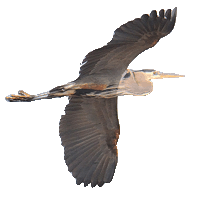
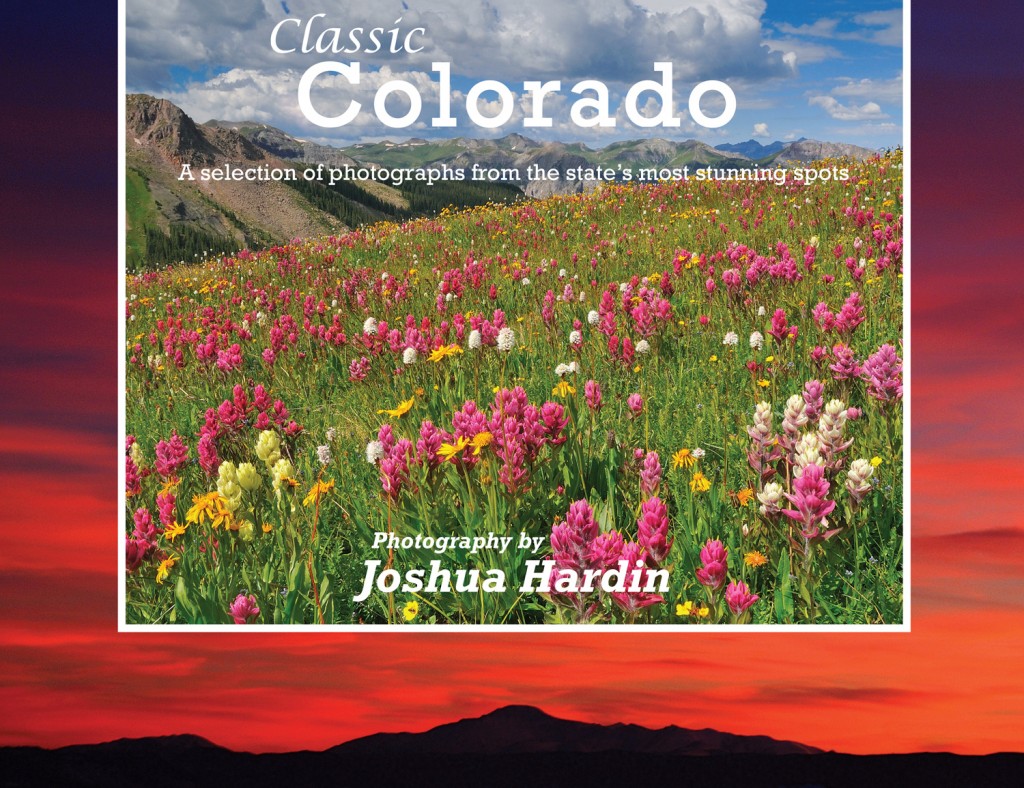
 Categories:
Categories: 
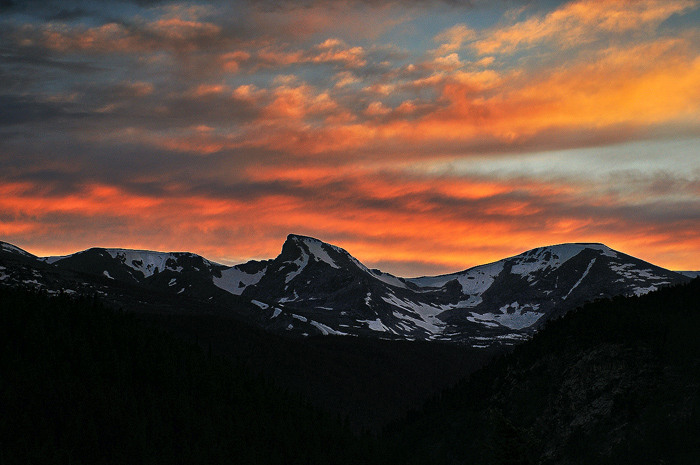
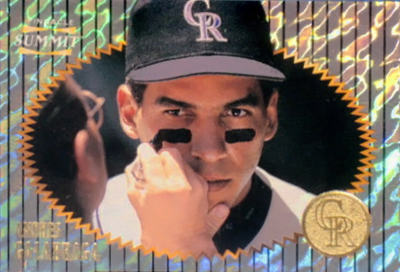
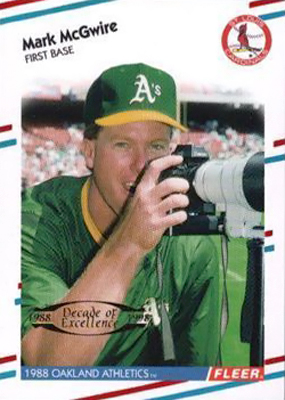
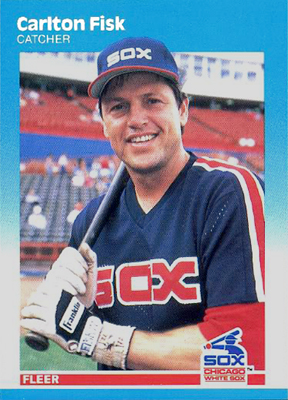
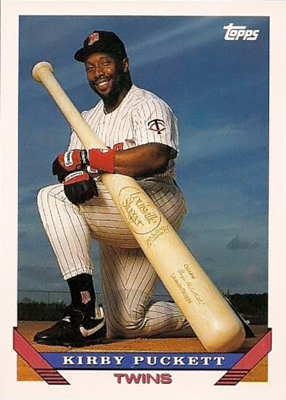
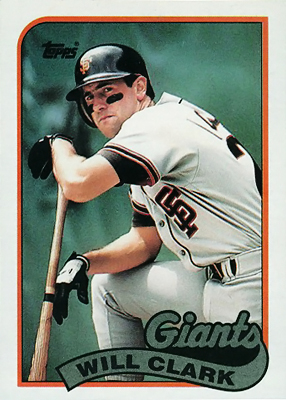
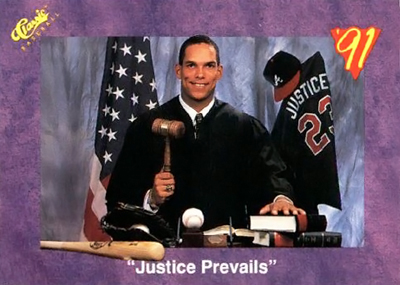
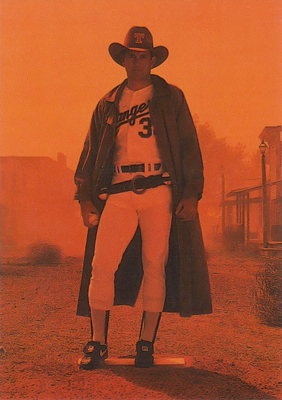
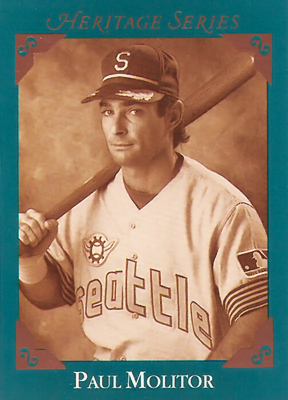
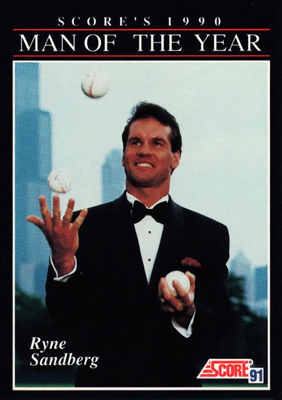
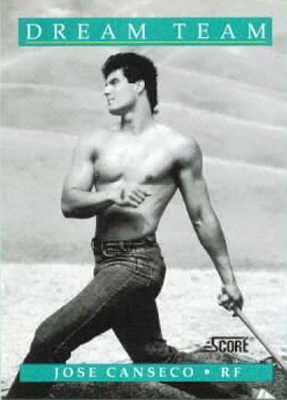

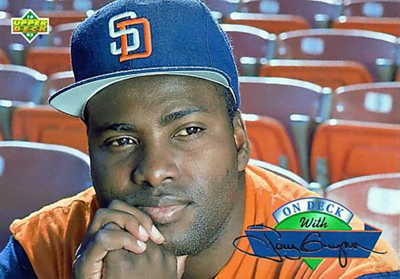
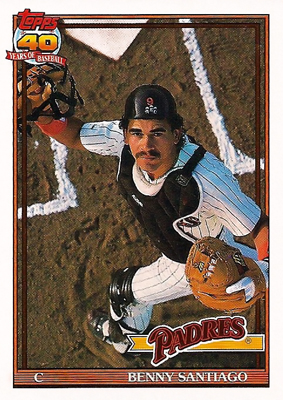
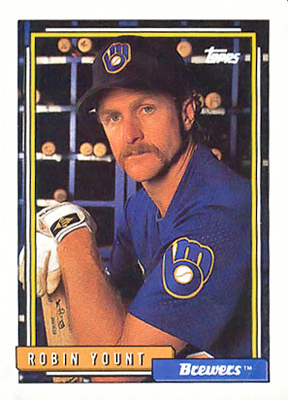
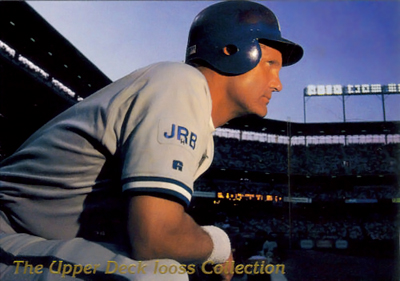
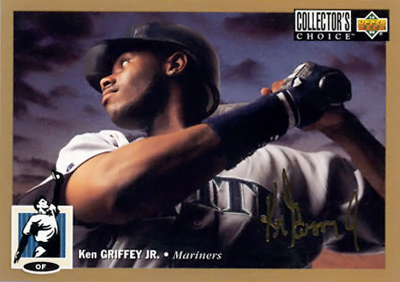
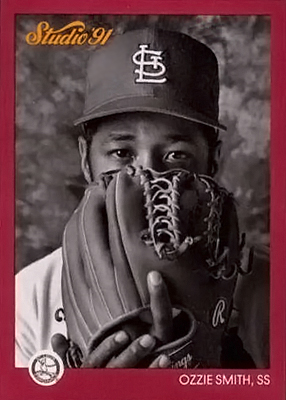
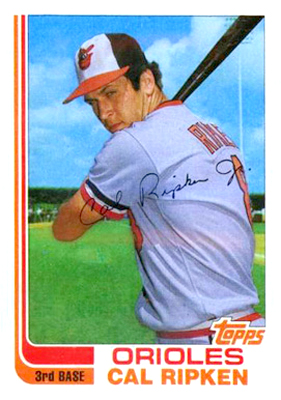
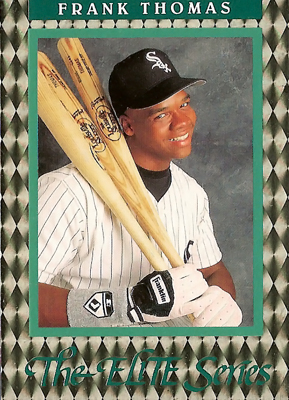
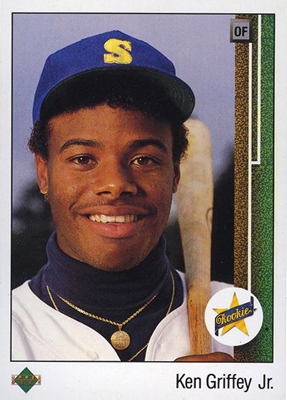
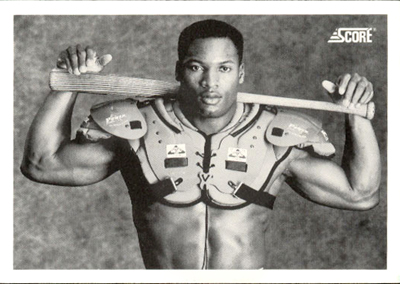
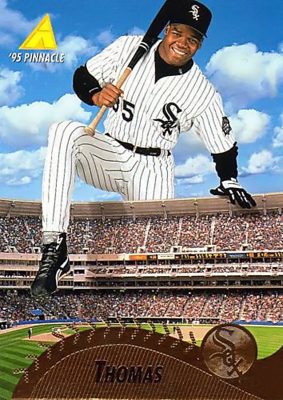
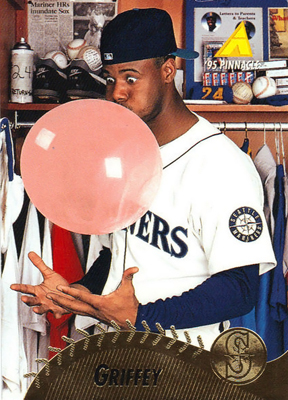
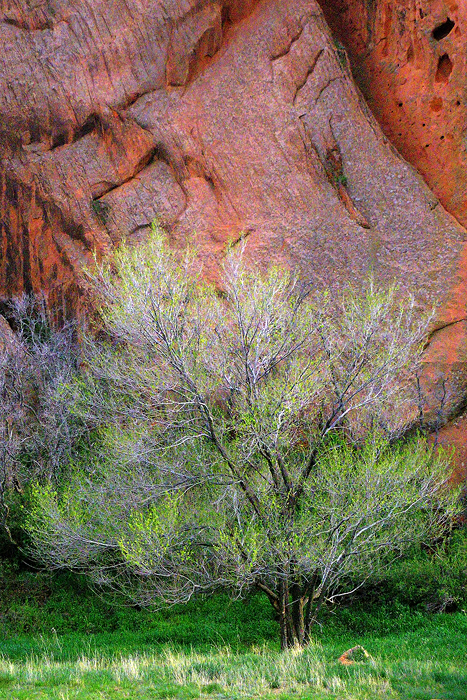
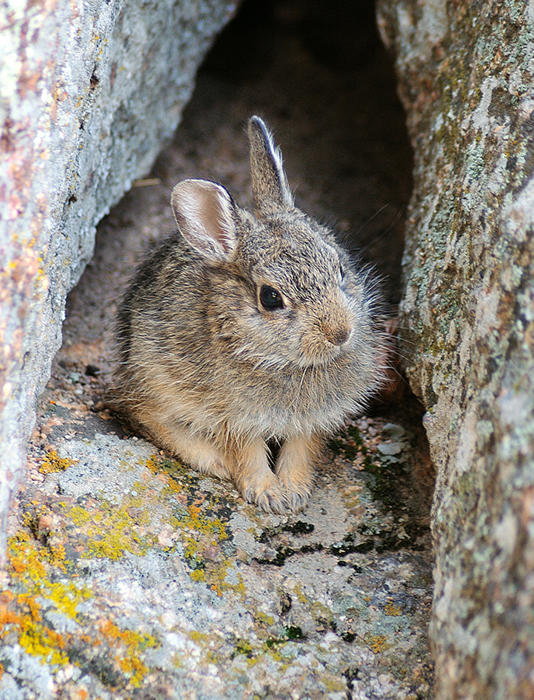
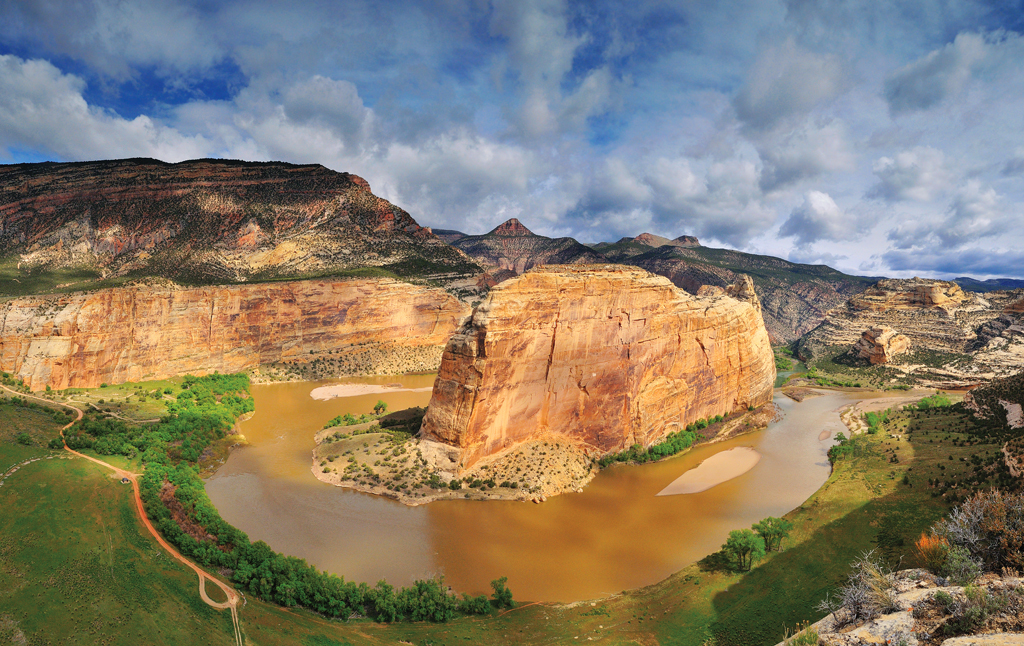
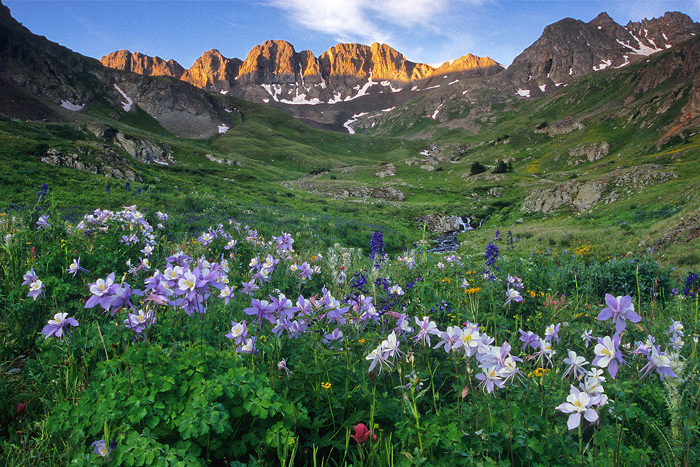

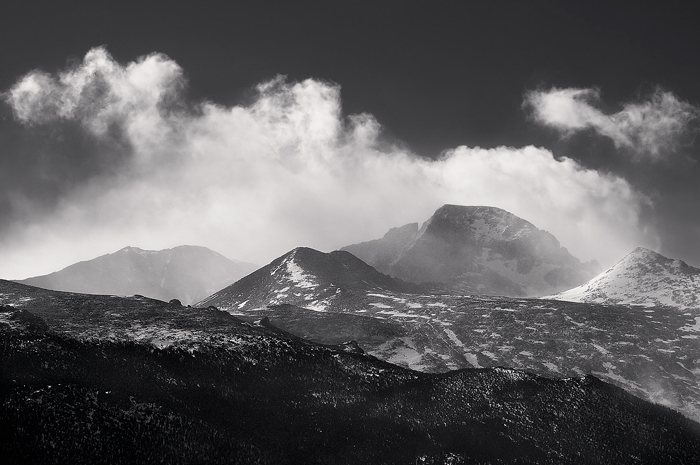
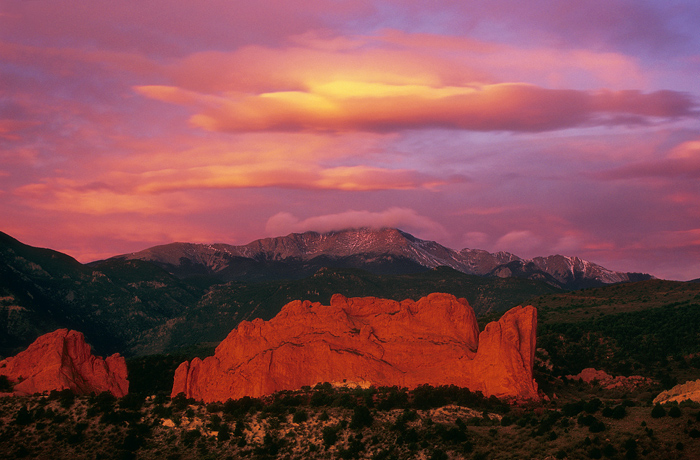
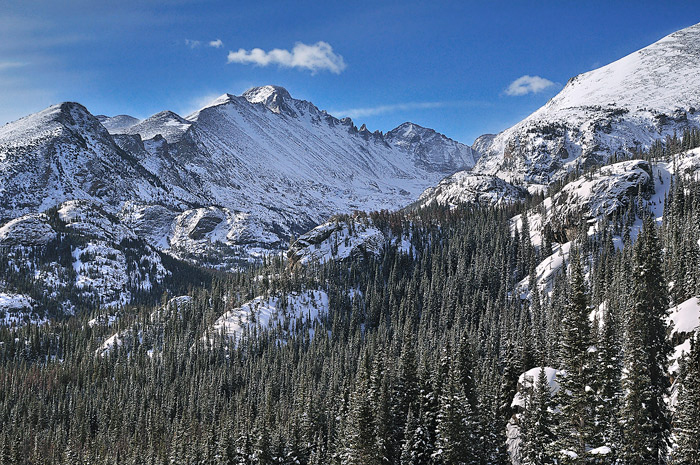
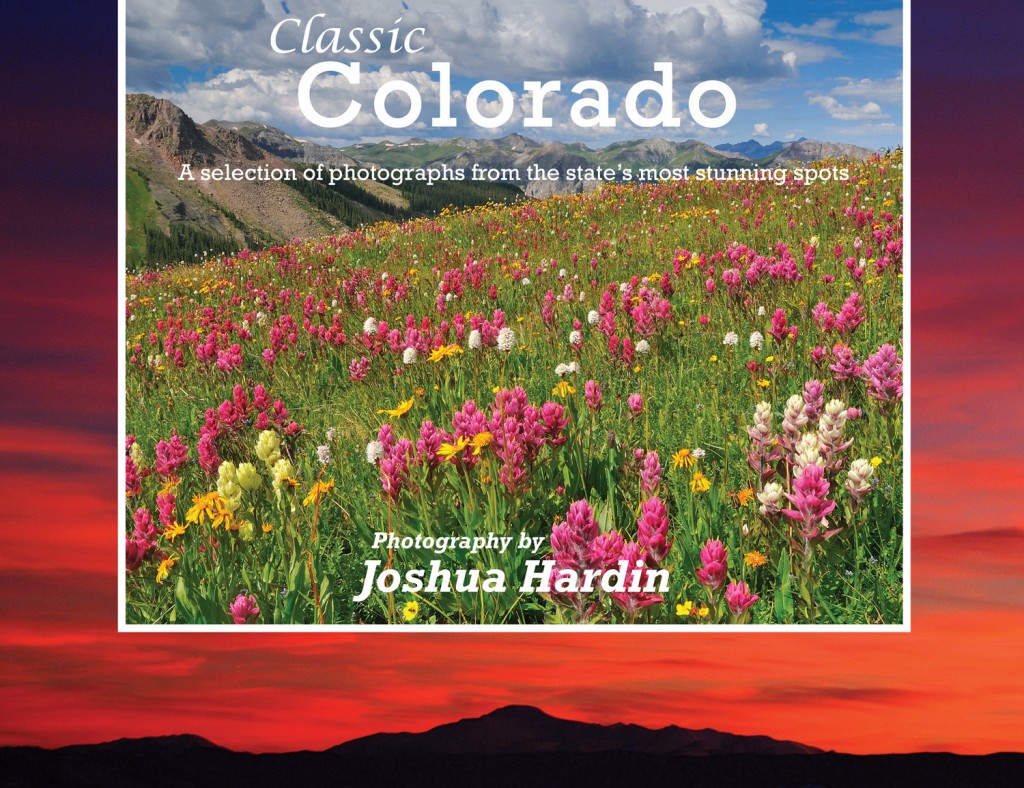
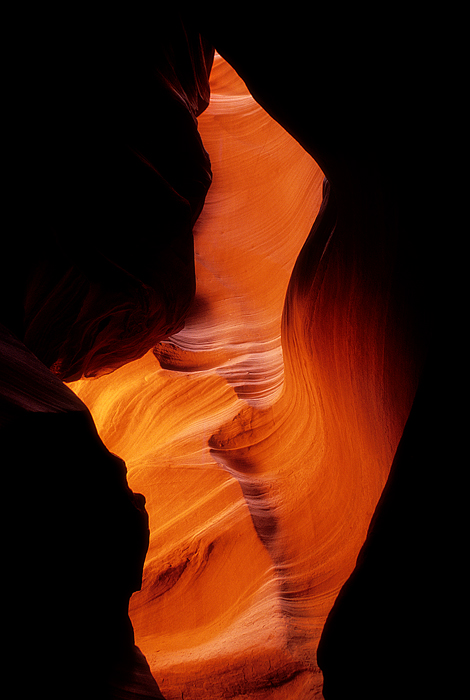
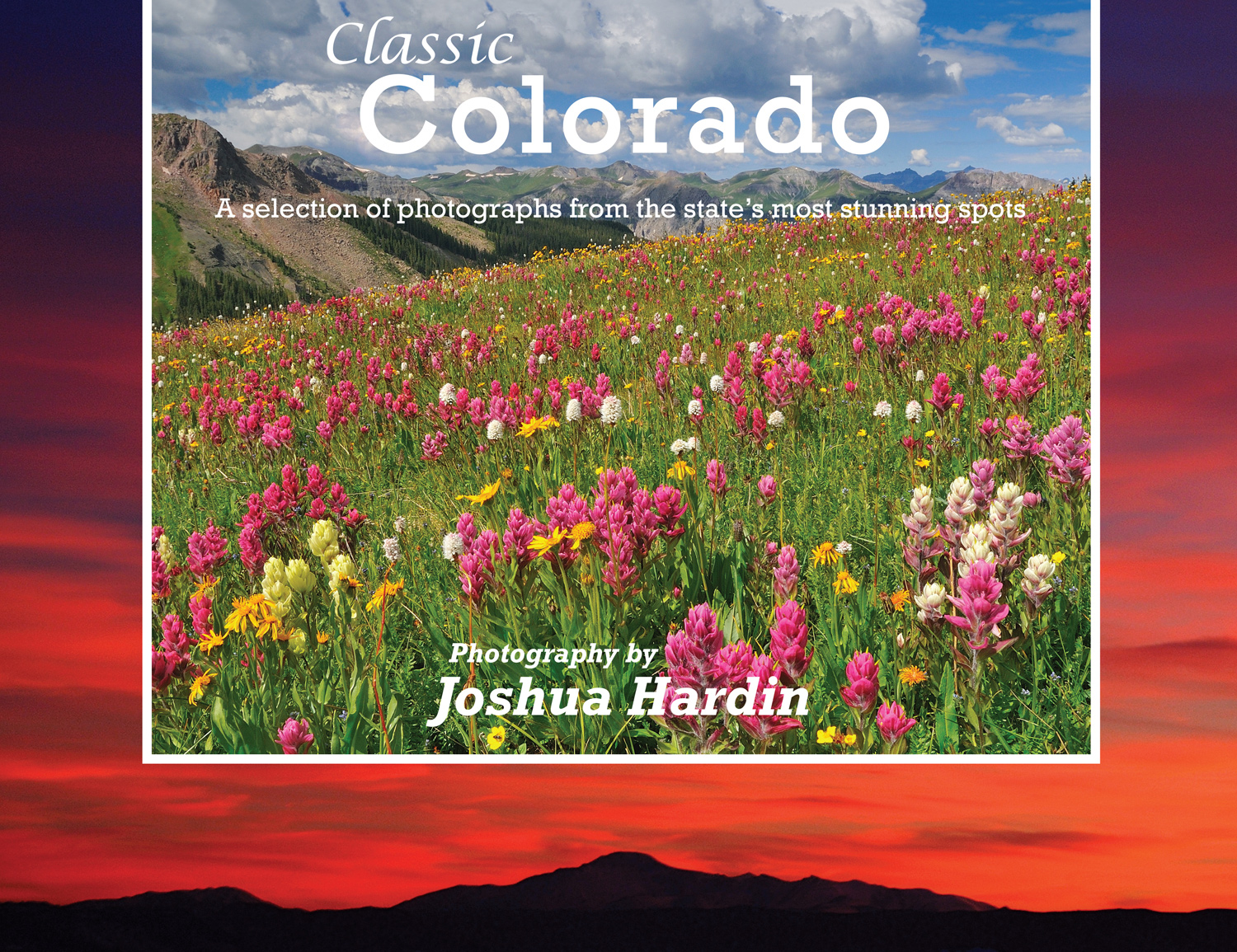
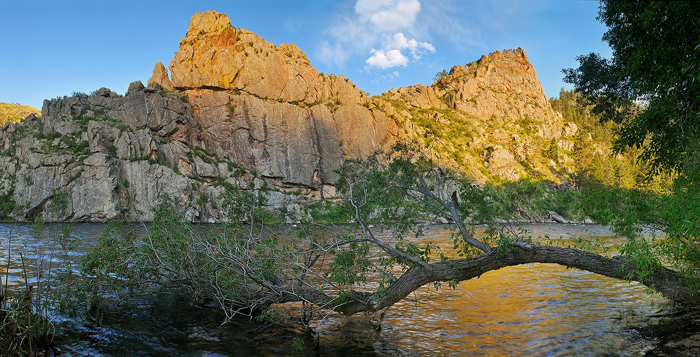
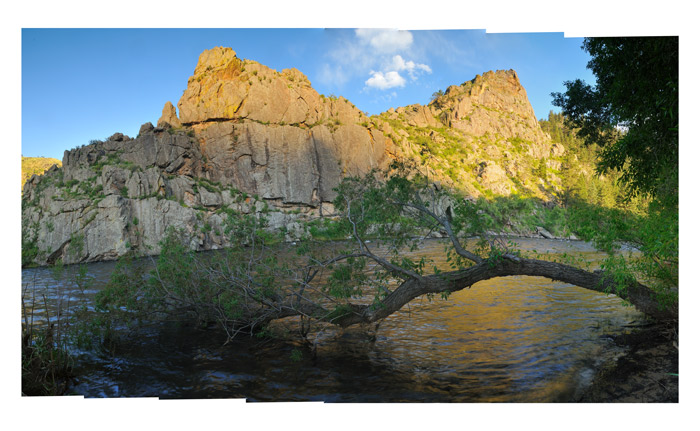
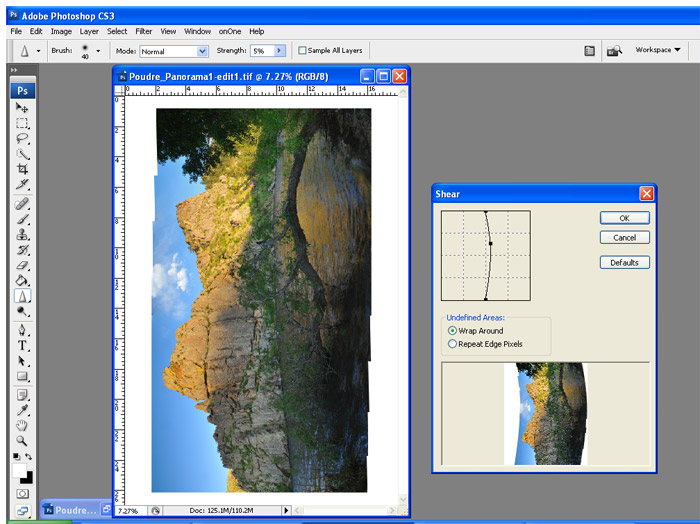
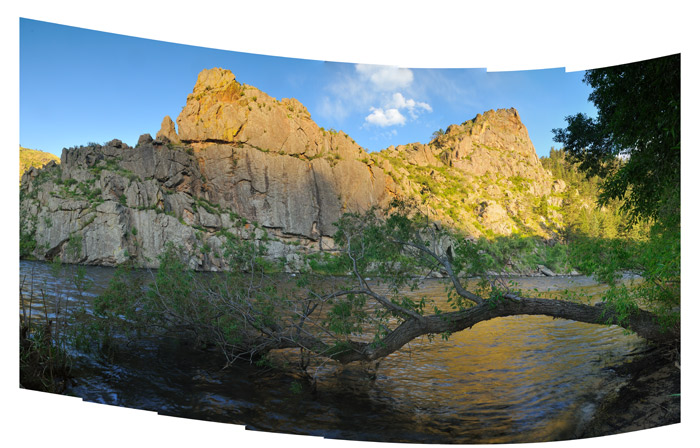
Recent Comments